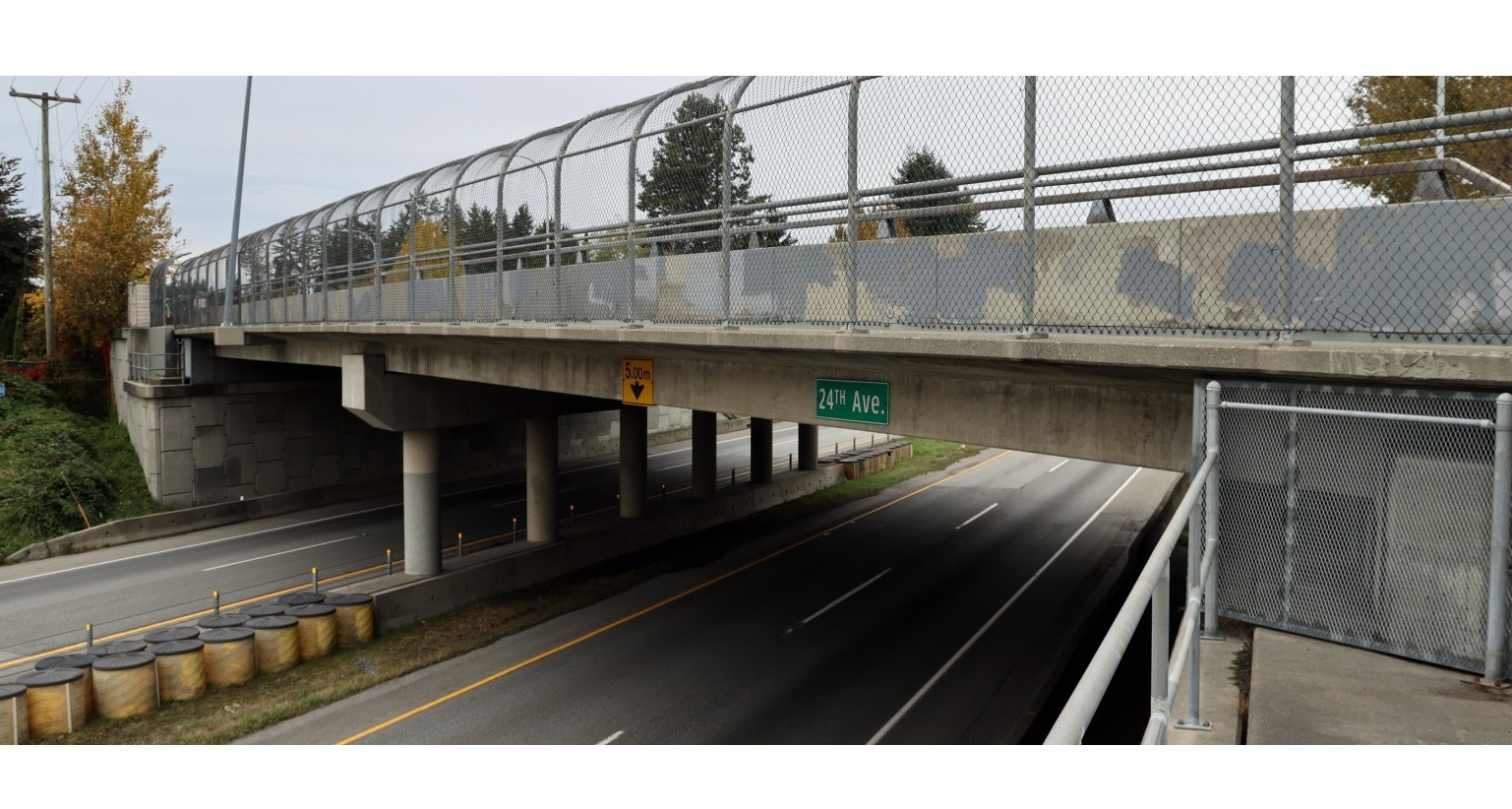Surrey Police Service installs biometric scanners in detention cells to protect detainees’ health, prevent deaths, and enhance custody safety.
New Technology in Surrey Police Detention Cells
Surrey Police Service (SPS) has introduced biometric scanners in its detention cells to monitor detainees’ health and safety in real time. The devices, operational for the past two weeks, are installed in about a dozen cells at SPS headquarters on 57 Avenue following several months of testing.
Purpose Behind the Installation
The technology uses continuous, non-invasive monitoring of vital signs, including heart and respiratory rates, enabling timely medical intervention. SPS Chief Const. Norm Lipinski said the initiative is part of a “person-centred” approach to custody management, aiming to prevent in-custody injuries or deaths while providing reassurance to families and officers.
Development and Testing Phase
The scanners were first installed in March as part of a pilot project to assess their effectiveness in improving detainee safety. Similar systems are already in use by police services in Regina, Vancouver, Winnipeg, and other Canadian jurisdictions.
Scope of Use in Surrey
Between January 2020 and July 2024, SPS cells housed an average of 300 detainees each month, with 3,728 prisoners lodged in 2023 alone. SPS officials noted that law enforcement agencies have a legal duty to safeguard individuals in custody from harm, including medical emergencies, overdoses, and suicide attempts.
How the Technology Works
Manufactured by a Toronto-based healthcare technology company, the radar-based sensors detect vital signs through clothing, blankets, and even mattresses. They require no wearable devices, cameras, or batteries, operating autonomously to provide real-time alerts. At a one-time cost of $36,000 and $1,000 monthly for technical support, the system is designed to protect inmate privacy while enabling rapid medical response.
Early Impact and Results
SPS Senior Media Relations Officer Staff Sgt. Lindsey Houghton said the scanners have already prompted staff to check on detainees whose heart or breathing rates fell outside safe ranges. In other jurisdictions, such as Winnipeg, the technology has been credited with saving lives during cardiac emergencies. “If it can save one life, it’s worth it,” Houghton emphasized.



























